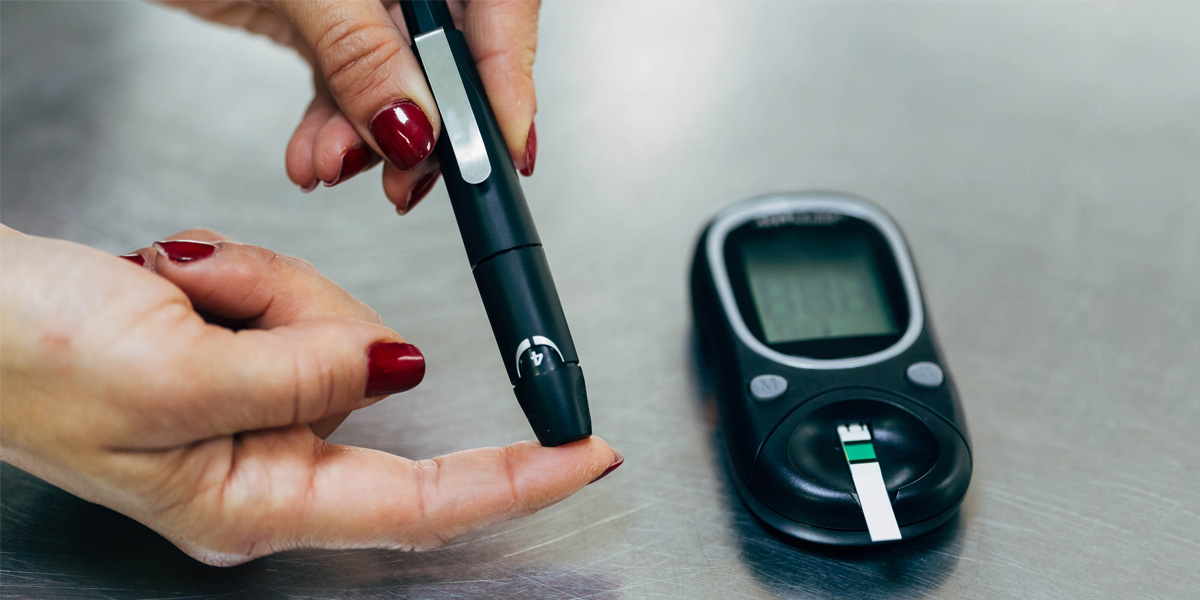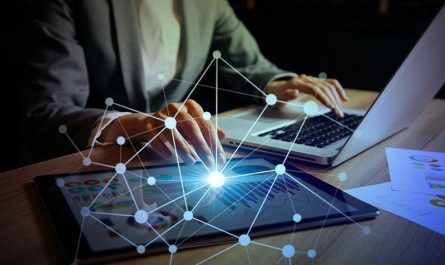Technology has advanced diabetes management significantly in recent years by introducing smarter insulin delivery methods and continuous glucose monitoring devices. These innovations have given people living with diabetes more control over their condition and improved their quality of life. This article discusses some of the important diabetes monitoring devices available today.
Blood Glucose Meters
Blood glucose meters, also known as glucometers, were one of the earliest diabetes monitoring devices developed. They work by taking a small blood sample from a fingerprick and measuring the person’s blood glucose level at that moment. Advanced blood glucose meters these days can store readings and sync with smartphones via Bluetooth to help track trends over time.
Some key benefits of blood glucose meters include their widespread availability, affordability and the fact that results are available immediately after testing. However, they only provide sporadic rather than continuous readings and still require finger pricks for sampling. Newer technologies aim to address these limitations.
Continuous Glucose Monitoring Systems
Continuous glucose monitoring (CGM) systems have become immensely popular in recent years as they provide near-real-time readings without the need for fingerpricking. A small flexible filament called a sensor is inserted under the skin to measure glucose levels in interstitial fluid, transmitting data wirelessly to a dedicated monitor or smartphone every few minutes.
Some leading CGM systems currently available include the Dexcom G6, Medtronic Guardian Connect and Abbott Freestyle Libre. They offer significant advantages like alerts for high and low glucose levels, trends analysis over days/weeks and sharing data remotely with caregivers. However, their set-up requires the use of transmitters and sensors that need replacing periodically, adding to overall costs.
Flash Glucose Monitoring
A notable development in CGM technologies is flash or short-term glucose monitoring systems like the Abbott Freestyle Libre. Instead of constantly transmitting readings, these devices require the user to swipe a reader over the sensor to obtain glucose information. This helps reduce costs compared to real-time CGM.
Flash glucose monitors have opened up continuous monitoring to more people since they avoid transmitters and calibration requirements while providing multi-day usage from a single sensor. However, they only offer retrospective rather than real-time data and alerts.
Insulin Pumps
For managing insulin delivery, insulin pumps are an advanced alternative to multiple daily injections. These battery-powered devices carry and administer insulin constantly via an infusion set tube/catheter placed under the skin. Basal and bolus doses can be programmed according to individual needs.
Top insulin pumps currently available are the Omnipod tubeless pump, Medtronic 640G and Tandem t:slim X2 pumps. They offer discrete, precise insulin delivery along with settings to suspend delivery when low glucose is detected. However, their cost is quite high compared to injection therapy.
Future Advancements
Technology is helping simplify diabetes management tasks like carbohydrate counting. Digital assistants like mySugr Coach use artificial intelligence to provide personalized insights to users. Closed-loop artificial pancreas systems that automate both glucose monitoring and insulin delivery based on readings are now being tested. Implantable glucose sensors avoiding skin penetration are also in development.
Overall, the range of convenient diabetes monitoring devices has grown tremendously in recent years. While current technologies still have limitations, continuous innovation promises further improvements in accuracy, convenience and automation to empower people with diabetes. Precision devices along with individualized care plans will transform diabetes management in the coming decade.




